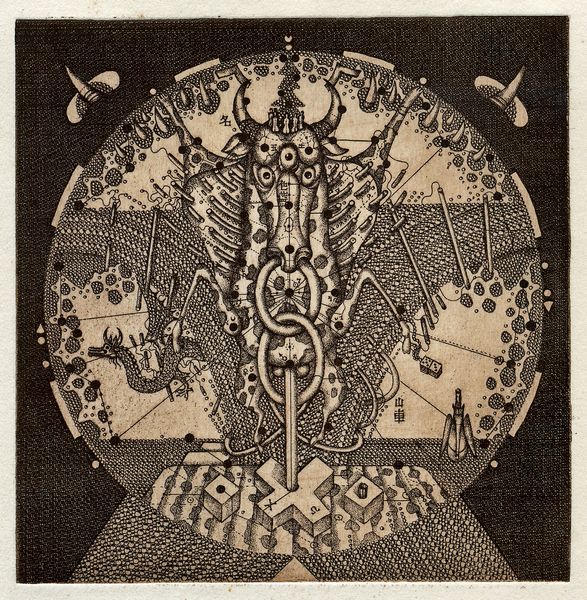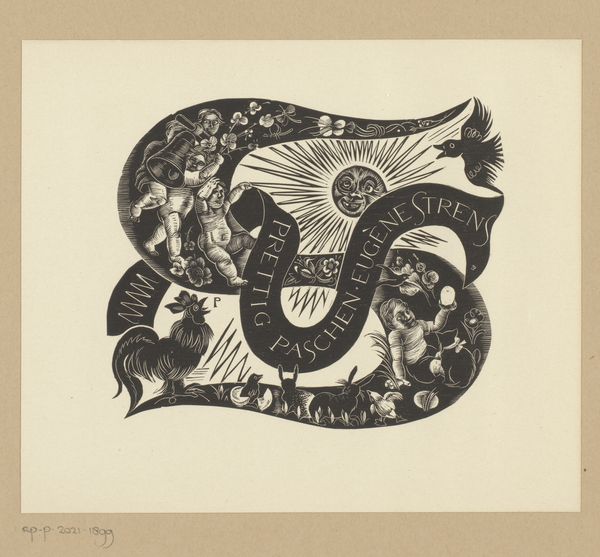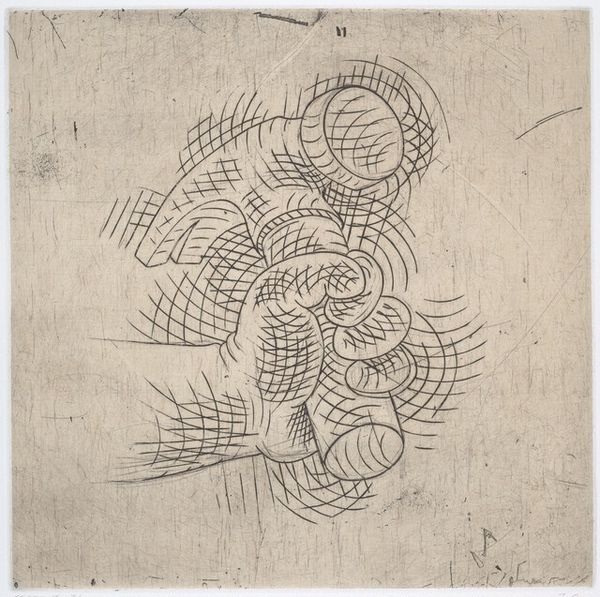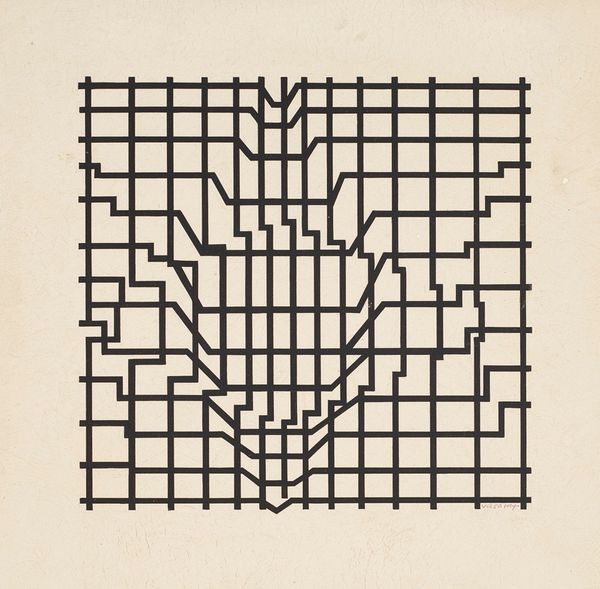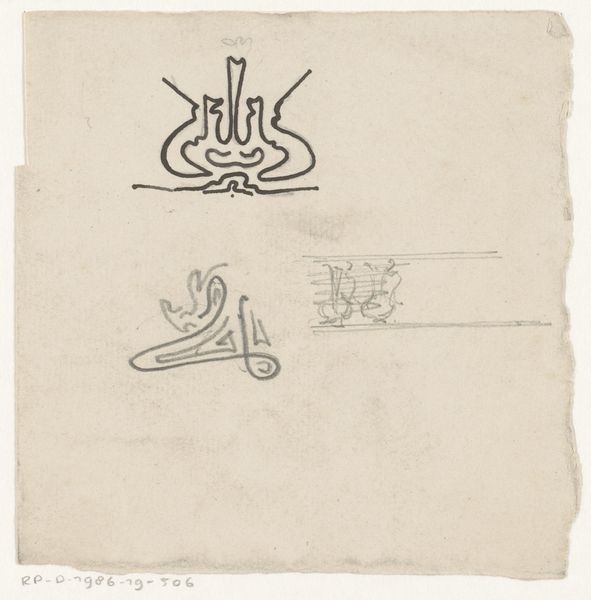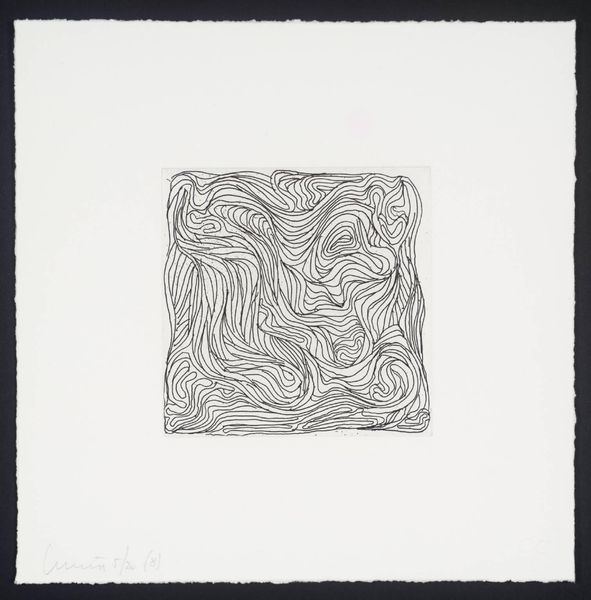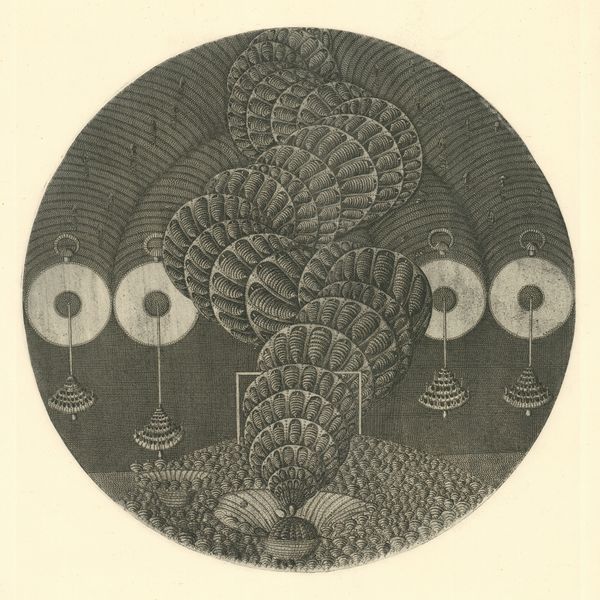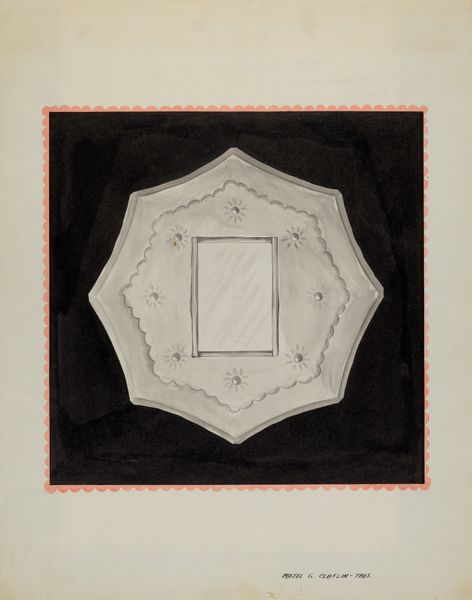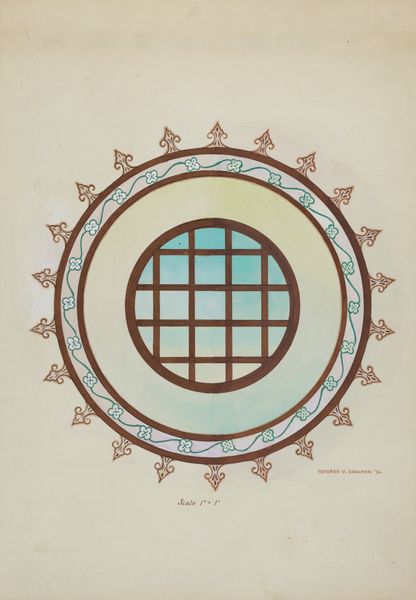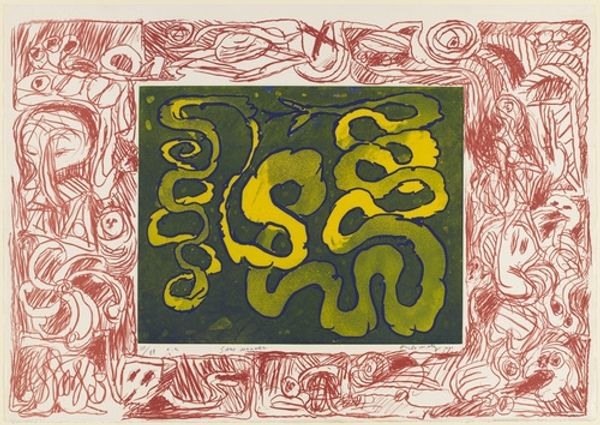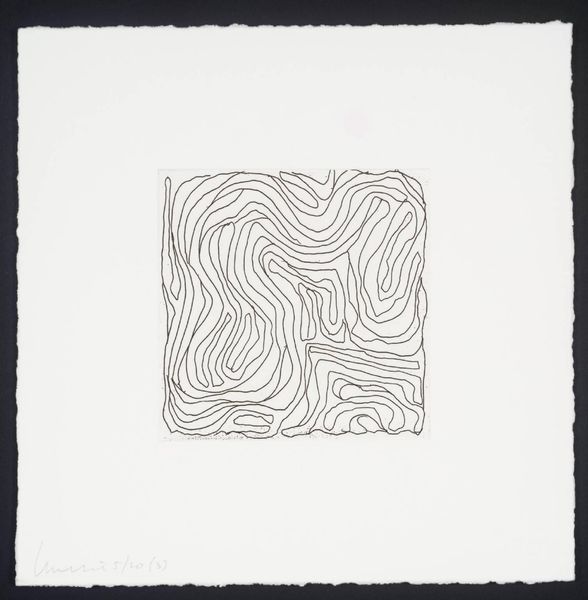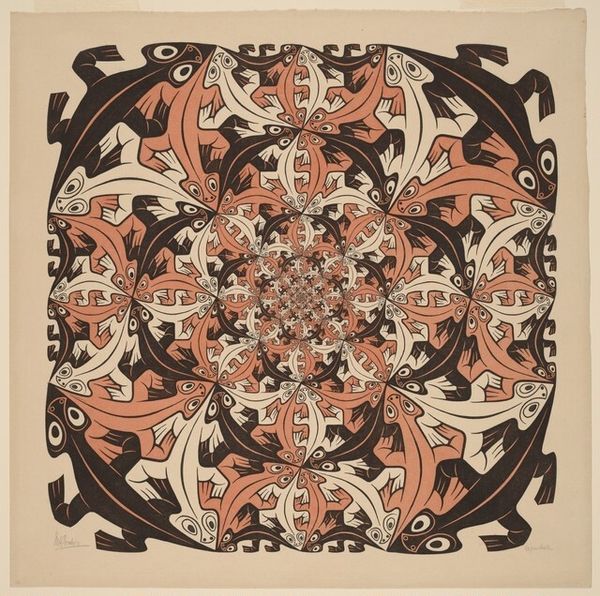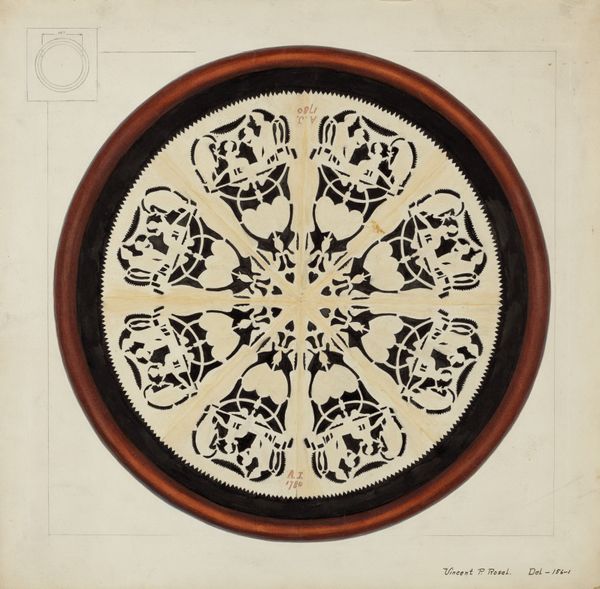
graphic-art, print
#
graphic-art
#
art-nouveau
# print
#
op art
#
geometric
#
line
#
symbolism
#
pattern repetition
Dimensions: 24 1/4 x 31 3/4 in. (61.6 x 80.6 cm)
Copyright: No Copyright - United States
Editor: So, this is Alfred Roller's "Embroidery Design" from 1901. It's a print, giving a striking black and white graphic image, very much in the Art Nouveau style. It almost feels like an optical illusion, drawing you in. What's your take on it? Curator: Well, immediately, I’m drawn to its historical context. Remember, the Vienna Secession, to which Roller belonged, directly challenged the conservative art establishment. Pieces like this questioned the traditional hierarchy of art; graphic design elevated alongside painting and sculpture. Editor: So, this wasn't just a pretty pattern, it was a statement? Curator: Exactly. Consider the Art Nouveau movement itself – it strived to integrate art into everyday life, breaking down boundaries. An embroidery design, intended for mass production, embodies this democratic ideal. Roller's work, presented via printmaking, further extends its accessibility. Editor: I see. What about the design itself? The knot work seems really deliberate. Curator: Absolutely, the geometry carries significant cultural weight. Remember the Arts and Crafts movement in Britain which heavily inspired the Seccessionists. A rejection of industrialised design. These weren’t arbitrary choices. Editor: That's fascinating! I hadn't really thought about the political implications of an embroidery design. Curator: Art is rarely created in a vacuum. The political and the aesthetic are interwoven and pieces like these demonstrate it very effectively. The fact it’s held in the Minneapolis Institute of Art shows us the longevity and universal appeal that this message has, travelling far from Roller’s studio and the original intention of the piece. Editor: Wow, I'll never look at decorative art the same way again! Thanks!
Comments
No comments
Be the first to comment and join the conversation on the ultimate creative platform.
